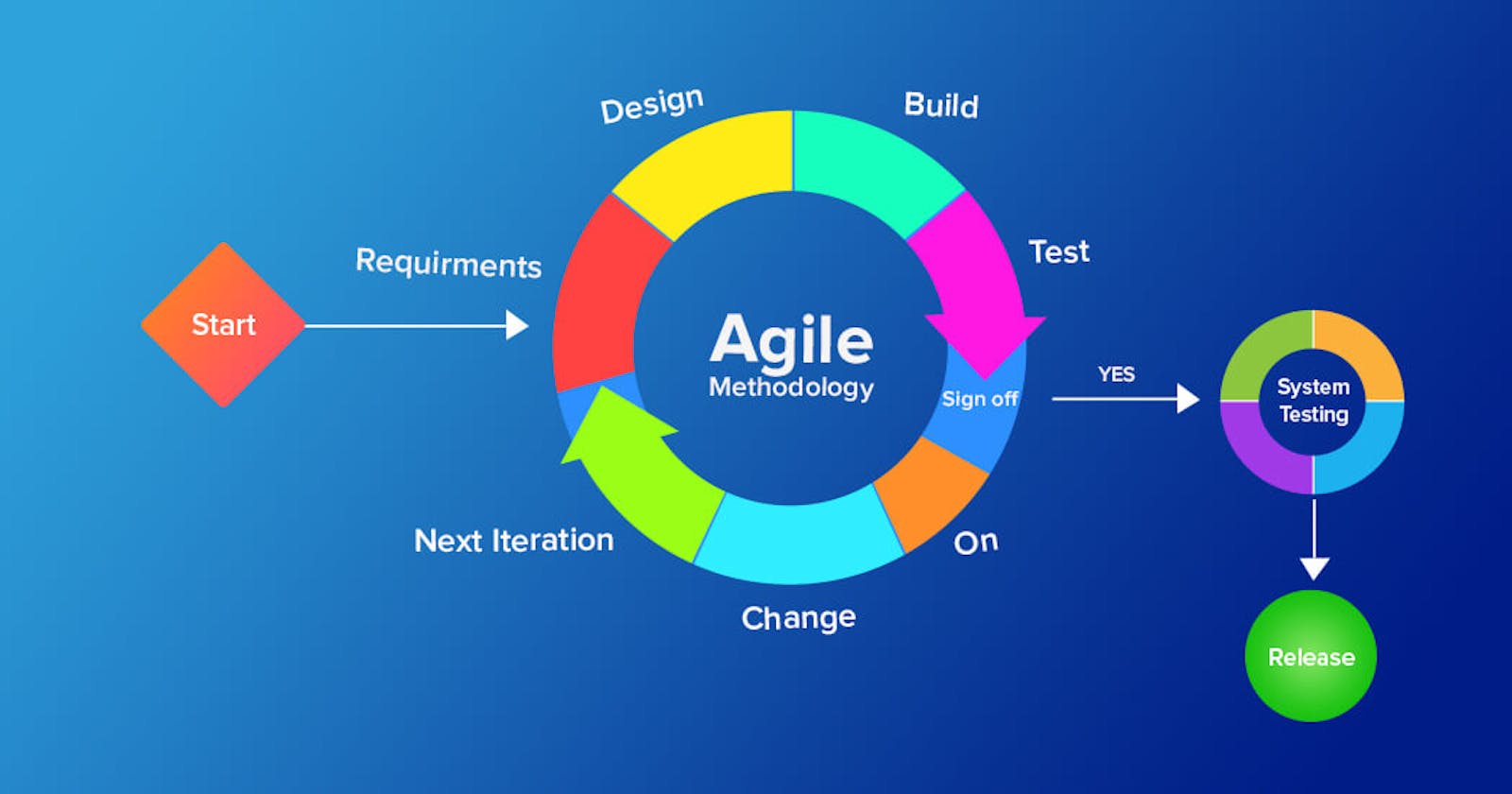Unlocking the Power of Agile: Your Comprehensive Guide to Agile Methodology
Beginner Guide.
Introduction
Definition: Agile is a project management approach that prioritizes flexibility and collaboration.
Brief history: Agile was first introduced in the software development industry in 2001 with the publication of the Agile Manifesto.
Key principles: The Agile approach is based on 12 principles, including customer satisfaction, collaboration, and continuous improvement.
Characteristics.
Iterative and incremental: Agile allows for frequent delivery of small, usable increments of a product.
Customer-focused: Agile places a strong emphasis on customer satisfaction and involves the customer in the development process.
Adaptive: Agile allows teams to quickly adapt to changes in requirements and priorities.
Collaborative: Agile promotes collaboration between team members and stakeholders.
Value-driven: Agile prioritizes delivering the highest value features first.

Pros of Agile.
• Flexibility: Agile allows teams to respond quickly to changes in requirements and priorities.
• Improved customer satisfaction: Agile involves the customer in the development process and prioritizes delivering the highest value features first.
• Faster time to market: Agile emphasizes delivering small, usable increments of a product, which can result in a faster time to market.
• Increased collaboration: Agile promotes collaboration between team members and stakeholders, leading to improved communication and alignment.
• Better product quality: Agile's iterative and incremental approach allows teams to continuously improve and refine a product.
Cons of Agile.
• Difficulty with planning and estimation: Agile's focus on flexibility and adaptability can make it challenging to accurately plan and estimate the duration and cost of a project.
• Requires strong teamwork: Agile's emphasis on collaboration means that teams must be highly effective and efficient to be successful.
• Lack of structure: For some individuals and organizations, the lack of defined processes and structure in Agile can be a challenge.
• Requires continuous improvement: Agile is an ongoing process of continuous improvement, which can be challenging for organizations that are not used to this type of work culture.
• Can be difficult for stakeholders to understand: For stakeholders who are not familiar with Agile, the iterative and incremental approach can be difficult to understand and can result in confusion or frustration.
When to adopt Agile?
Agile methodology can be beneficial in a variety of projects, particularly those with rapidly changing or unclear requirements. Some examples of projects that are well-suited for the Agile approach include software development, product development, and marketing projects. The Agile methodology is also often used in projects where collaboration, flexibility, and quick adaptation to change are important. However, it's important to note that not all projects are a good fit for Agile, and in some cases, a different project management approach may be more appropriate.

Conclusion.
Agile is a flexible and collaborative approach to project management that has been widely adopted across industries.
Agile has numerous benefits, including faster time-to-market, increased collaboration, and improved quality.
To be successful with Agile, organizations must invest time and resources, embrace a culture of collaboration and continuous improvement, and choose the right Agile framework for their needs.

